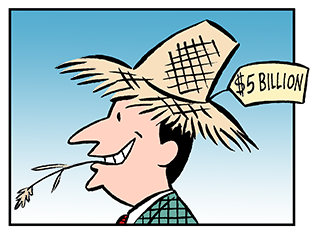Plain Folks

By using the plain-folks technique, speakers attempt to convince their audience that they, and their ideas, are “of the people.” The device is used by advertisers and politicians alike.
America’s recent presidents have all been affluent, but they have gone to great lengths to present themselves as ordinary citizens. Bill Clinton ate at McDonald’s and confessed a fondness for trashy spy novels. George Bush Sr. hated broccoli, and loved to fish. Ronald Reagan was often photographed chopping wood, and Jimmy Carter presented himself as a humble peanut farmer from Georgia.
We are familiar with candidates who campaign as political outsiders, promising to “clean out the barn” and set things straight in Washington. The political landscape is dotted with politicians who challenge a mythical “cultural elite,” presumably aligning themselves with “ordinary Americans.” We are no longer shocked by the sight of politicians in denim who listen to rock and roll.
In all of these examples, the plain-folks device is at work.
The Institute for Propaganda Analysis has argued that, when confronted with this device, we should suspend judgement and ask ourselves the following questions:
- What are the propagandist’s ideas worth when divorced from his or her personality?
- What could he or she be trying to cover up with the plain-folks approach?
- What are the facts?
- Who is the propagandist seeking to reach when he or she makes this appeal?
